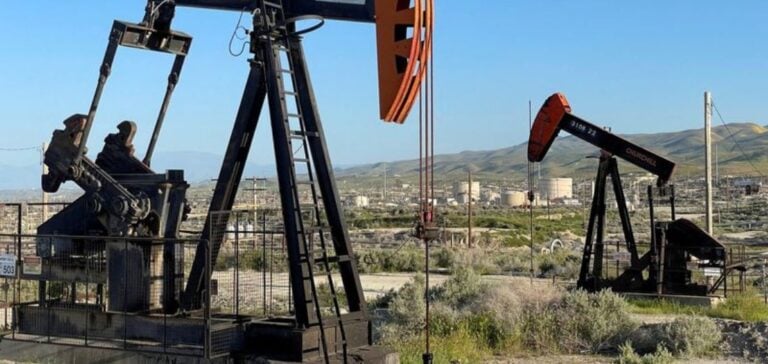The Federal Reserve Bank of Kansas City recently released its quarterly energy survey, revealing a decline in oil and gas activity in the Rocky Mountain and Midwest regions of the U.S. during the second quarter of 2024. This survey covers drilling companies in the states of Kansas, Colorado, Nebraska, Oklahoma and the northern part of New Mexico.
According to the survey, companies operating in these regions make an average profit at an oil price of $64 a barrel, but need prices to reach $91 a barrel to substantially increase drilling. Currently, West Texas Intermediate futures are trading around $82.50 a barrel, highlighting the challenge of maintaining profitable drilling activity.
Gas Price Challenges
Natural gas prices, meanwhile, need to reach $3.47 per million British thermal units (mmBtu) to make drilling profitable, and $4.68 per mmBtu to increase activity, according to survey participants. At present, Henry Hub futures are trading at around $2.334 per mmBtu, a historically low level that is prompting some companies to cut production. One survey respondent stated that “gas prices in the Rockies are so low that we have to shut down production.”
Regulations and the Economy: The Main Risks
Among survey respondents, 43% identified increasing regulations as the most important risk for their companies in the coming year. Meanwhile, 29% identified the slowdown in economic activity as the biggest threat, while 25% cited OPEC+ production decisions as the main risk.
The impact of OPEC+ decisions is particularly felt in these regions, where fluctuations in world oil and gas prices directly influence the profitability of local companies. The combination of these factors creates an uncertain environment for energy producers.
Prospects for recovery
Despite the current downturn, a recovery is expected in the next six months. Analysts predict increased energy demand and improved prices, which could boost drilling activity. However, this recovery will depend heavily on regulatory developments and global economic conditions.
The resilience of the region’s businesses will be crucial in meeting these challenges. With the right strategies, some could not only survive this difficult period, but also emerge stronger in a rapidly changing market.
In short, the oil and gas industry in the Rocky Mountains and the American Midwest faces significant challenges, but remains hopeful of a recovery in the near future. Future economic dynamics and political decisions will play a key role in determining this trajectory.






















